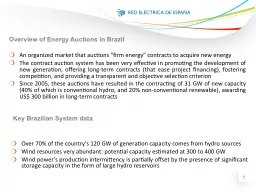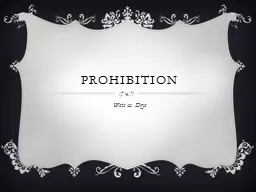PPT-How are elements organized?
Author : tatyana-admore | Published Date : 2016-12-12
Patterns in Element Properties Pure elements at room temperature and atmospheric pressure can be solids liquids or gases Some elements are colorless Others are
Presentation Embed Code
Download Presentation
Download Presentation The PPT/PDF document "How are elements organized?" is the property of its rightful owner. Permission is granted to download and print the materials on this website for personal, non-commercial use only, and to display it on your personal computer provided you do not modify the materials and that you retain all copyright notices contained in the materials. By downloading content from our website, you accept the terms of this agreement.
How are elements organized?: Transcript
Download Rules Of Document
"How are elements organized?"The content belongs to its owner. You may download and print it for personal use, without modification, and keep all copyright notices. By downloading, you agree to these terms.
Related Documents














